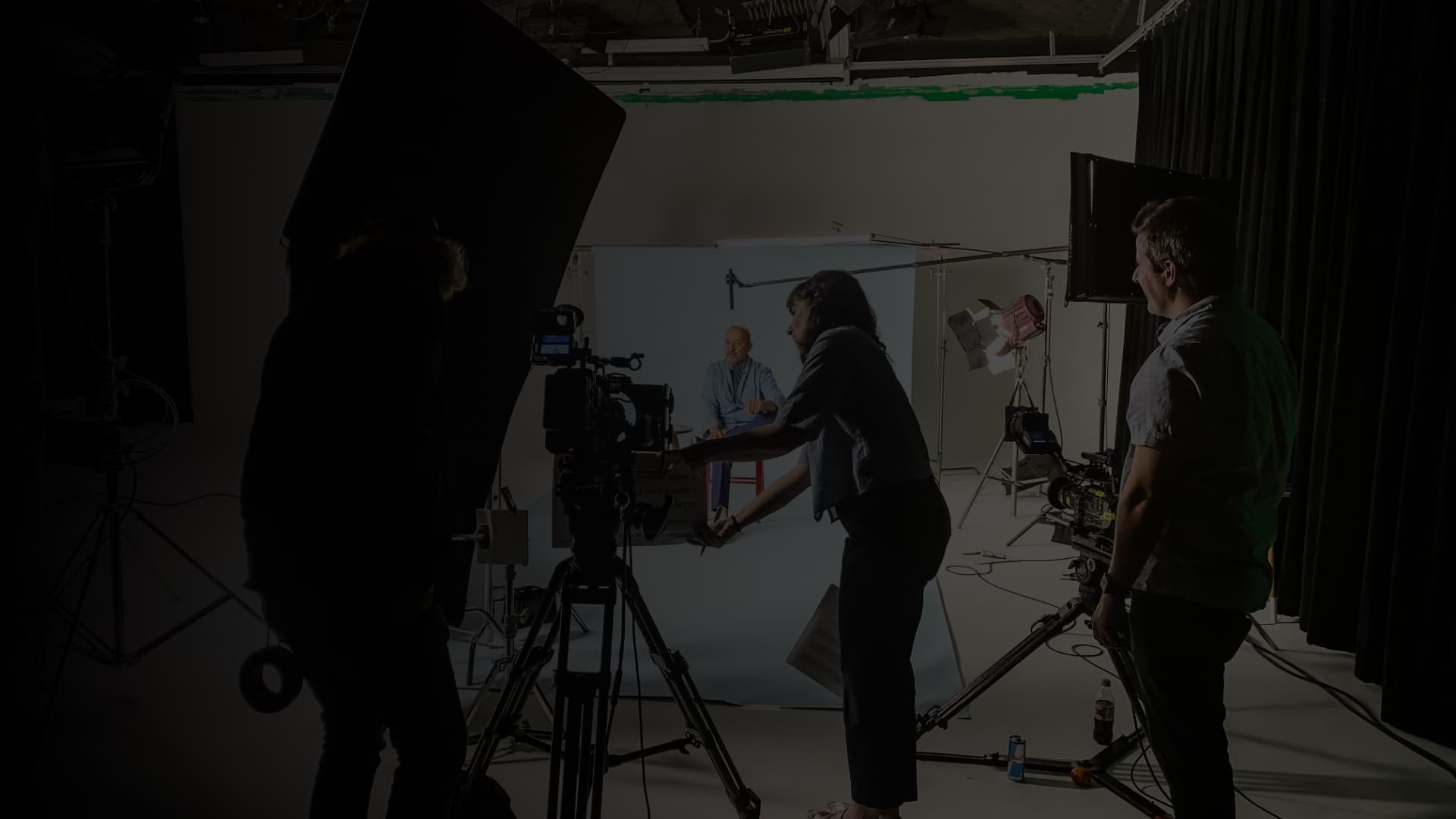
Are you ready?
Benjamin Franklin once said, “In this world, nothing can be said to be certain except death and taxes.” Had he been alive in the 21st century—and spent any time in the Medicare world—he might have added ANOC to his shortlist.
That’s because no matter how much you try to close your eyes, plug your ears and wish it away, ANOC is inevitably coming—and when it gets here, it’s going to take a huge bite out of your time and resources. CMS has even announced that its 2016 models are expected to drop as early as May, so it’s coming much sooner than you think.
All of which means right now is the time for some serious decision-making before ANOC’s strict deadlines start making these decisions for you. Are you going to go it alone? Are you going to hire outside experts to guide your process? Will you be building your ANOC books using the tried-and-true manual method or will you roll the dice on the faster—but in some ways riskier—automated method?
By going through these and other questions now, instead of when you’ve got the CMS models in your hot little hands, you can start putting your strategy in place ahead of the curve, saving a lot of time, stress and panic when revisions hit and changes need to be implemented pronto.
1. Who is going to do your EOCs?
Each year, building your Evidence of Coverage contracts is the tedious, time-consuming labor at the center of Hurricane ANOC. The question most health plans face is whether to allocate an internal team to produce the books or to tap a seasoned outside agency to handle it. Because ANOC requires multifaceted skill sets—including layout, production, proofreading, filing, translation and project management—that most health plans don’t have in-house, hiring an experienced agency (like TRAFFIK) can save time, money and tears in the long run.
2. Are you digital or manual?
Since its introduction, digital—or automated—EOC production has been the shiny bauble entrancing our industry. As a replacement for the old-fashioned (read: labor intensive) manual method, digital was supposed to be a time-saving miracle. Unfortunately, the reality hasn’t quite matched up with the dream, as the digital systems still have plenty of kinks to iron out (we’ve seen some clients’ systems crash just weeks before press—not pretty). Manual obviously takes more time and effort, but the potential for a last-minute disaster is minimized with experienced human decision makers guiding the process.
3. Hands on or hands off?
Finally, you need to take an honest look at your company’s capabilities—and your team’s commitment—and decide how hands on you want or are able to be. Health plans with a large staff who have effectively routed ANOC materials in the past from cradle to grave might feel comfortable being very hands on again. Other companies with a medium level of involvement might want an agency to step in and create the framework for the books at the outset, only taking over again to execute the versioning. Then again, other health plans might want nothing to do with the process at all (hey, maybe you don’t like sourcing printers, staffing up or translating 200-page documents into Cantonese as much as we do).
The clock is ticking and it’s time to start figuring out where you stand this year. If you’re not sure what’s best for you, we recommend contacting an experienced agency to at least get some outside input. Reputable agencies like TRAFFIK will offer free consultations to help determine your level of need, giving you a big leg up before the models drop. Reach out to us today and let’s set up an informal meet and greet to get the ball rolling for you.




















